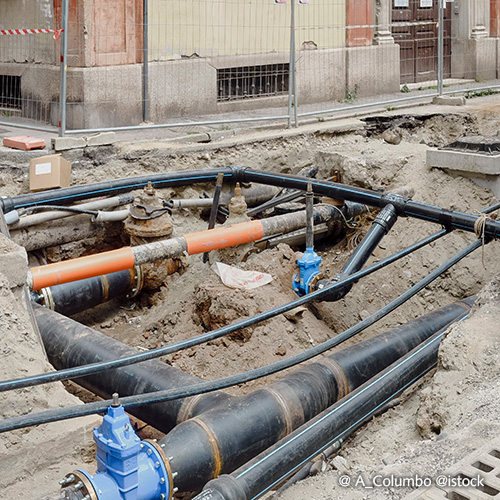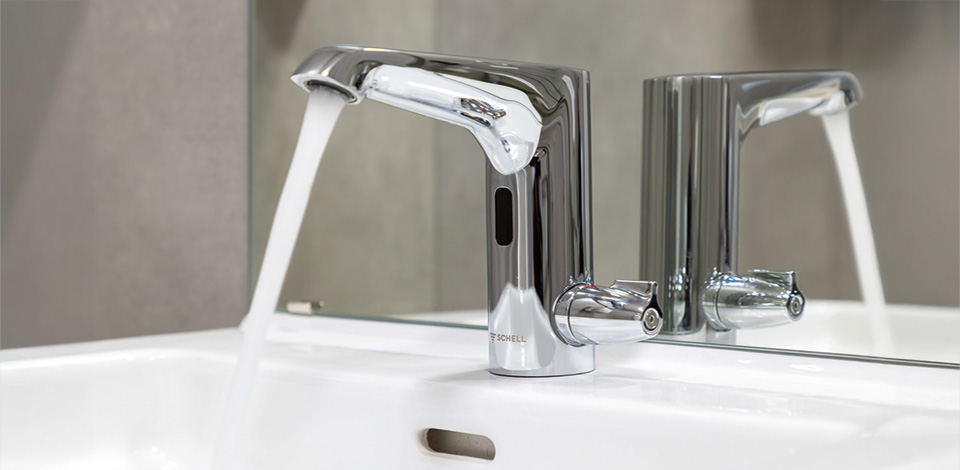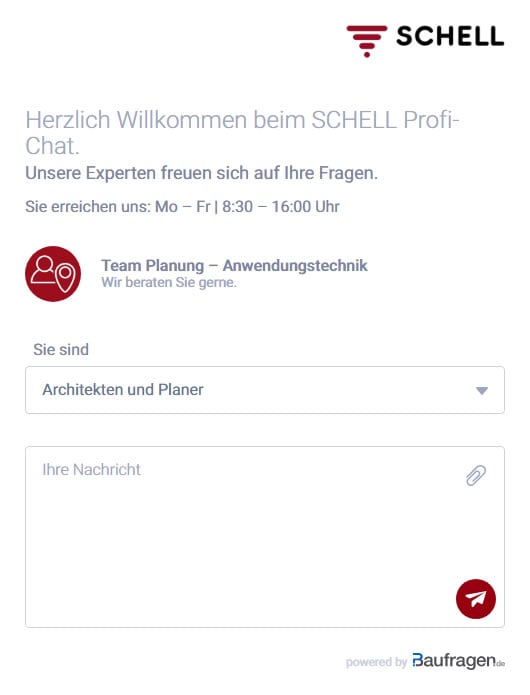What to do if Pseudomonas or other types of bacteria have contaminated your water utility’s supply network
In Germany, no other foodstuff is as tightly regulated as drinking water, which is generally safe to consume without any reservations. In fact, tap water is more frequently inspected than bottled water. Even so, localised, temporary contamination of the municipal drinking water supply does occur now and then, with such incidents involving coliform bacteria or species like Pseudomonas aeruginosa, for example.
This article looks at what you can do at home to support the action taken by your water utility and help to improve drinking water hygiene.
Pseudomonas aeruginosa – who is at risk?
For healthy people, Pseudomonas is typically harmless, as an intact immune system mounts a strong defence against bacterial infection. Individuals with pre-existing conditions, or people whose immune system is not working properly or is not yet fully developed, are more at risk, however: in these cases, the bacterial infection can cause life-threatening conditions such as pneumonia or blood poisoning.
Vulnerable groups may include:
- People with a weakened immune system (e.g. as a result of chemotherapy, HIV, organ transplants, serious systemic disease)
- Patients with chronic lung diseases such as cystic fibrosis
- People with open wounds or burn injuries
- Patients with catheters, ventilation tubing or other medical devices in their bodies
- Hospital patients in general
Who is responsible for drinking water quality?
The water utility is tasked with ensuring the quality of drinking water up to the water meter in the building. From this point onwards, building owners are responsible in public buildings, while landlords and tenants share these duties in residential buildings.
Action taken by water utilities
To tackle an infection, the water supply network is disinfected several times with chlorine dioxide. This involves flushing the piping with water that has been enriched with chlorine: the quantity used is carefully metered to ensure that it is harmless for people but reliably kills off Pseudomonas or coliform bacteria. Affected local residents are informed beforehand and are also notified once the disinfection work has been completed.
Tip:Depending on the dosage, you may be able to smell chlorine and even taste it in the water. While disinfection is taking place, you should boil any water you consume, or use for brushing your teeth or washing dishes. Boiling tap water reliably kills off bacteria and also removes the chlorine odour. What’s left is chloride, which we sprinkle on our eggs as sodium chloride (salt), for example.
Tackling Pseudomonas aeruginosa in day nurseries and healthcare facilities
In new healthcare facilities and day nurseries, the first fill of the drinking water installation in the building should be postponed if the municipal drinking water supply is contaminated. Proceed with filling only once the disinfection work is complete and your water utility has given you the all clear. If this is not possible – or the day nursery or health facility is already operational – then sterile filters on all taps and fittings may be helpful, if their use is mandated by your local health authority. Annual inspections for Pseudomonas aeruginosa are prescribed for these kinds of facilities anyway; these inspections should be brought forward once the all clear has been given. Immediately afterwards, this gives you the peace of mind of knowing that the drinking water installation in the day nursery or hospital is free of these bacteria.
Everything at a glance: helping out at home
If the water utility’s piping system is contaminated with the Pseudomonas aeruginosa pathogen or coliform bacteria, then the following steps are recommended at home:
- Before and after disinfection with chlorine: boil any water you consume, or use for brushing your teeth or washing dishes
- Accelerating the disinfection performed by the water utility: use all taps and fittings regularly, so as to flush the disinfectant water through the building’s pipework

![[Translate to English:] [Translate to English:]](/fileadmin/_processed_/1/b/csm_symstemloesungen_e2_thumb_6bca267f26.jpg)
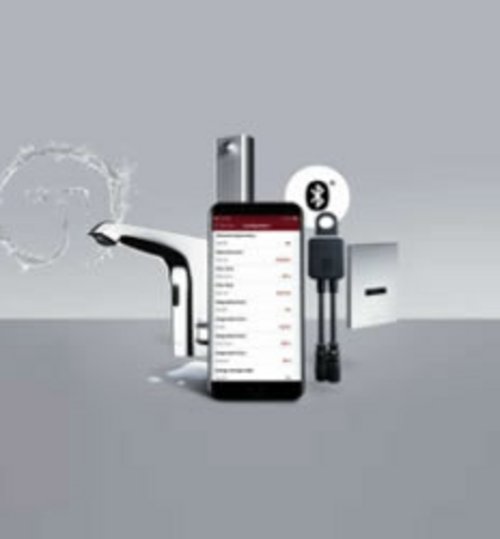
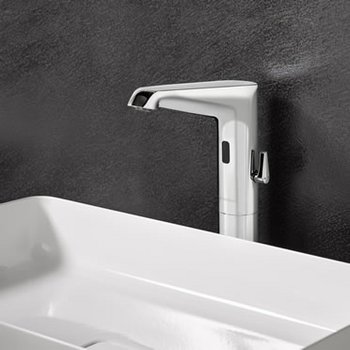
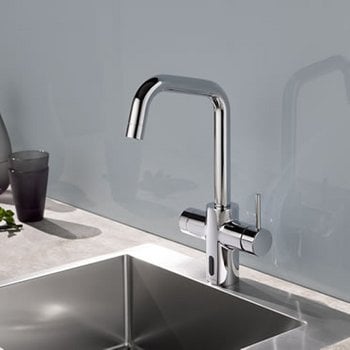
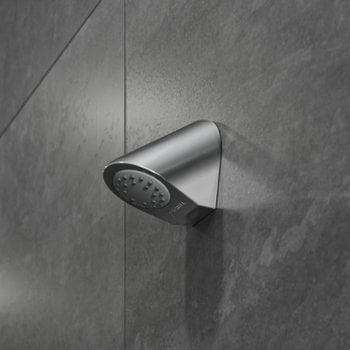
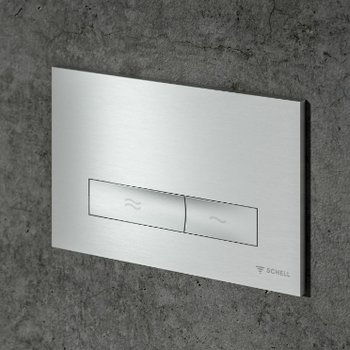
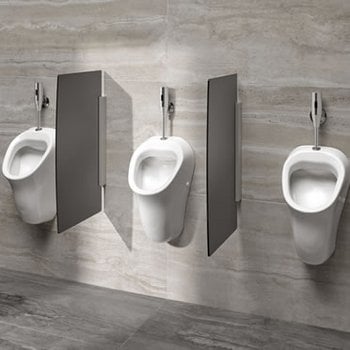
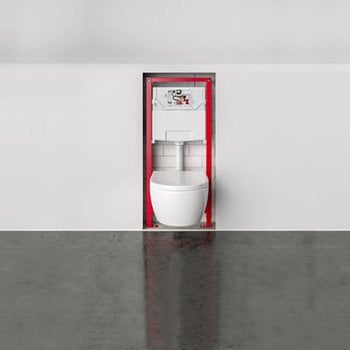
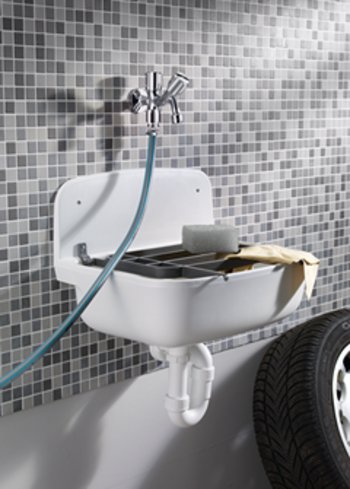
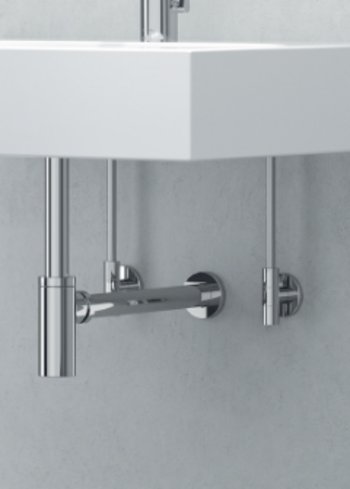
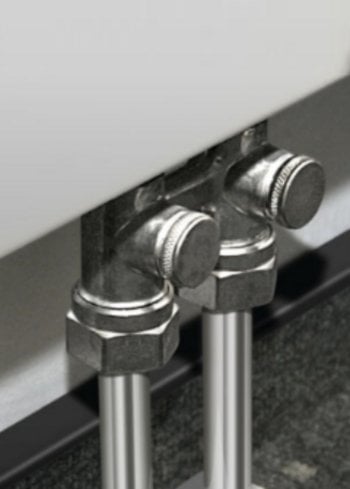
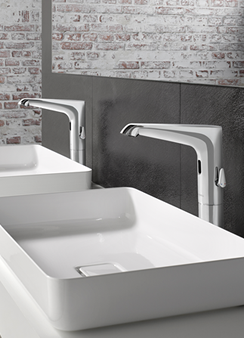
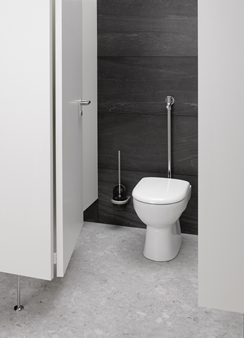
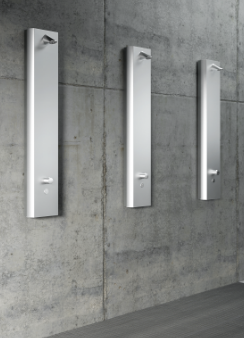

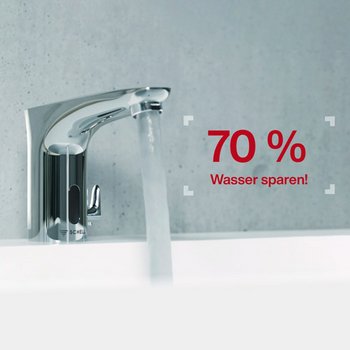
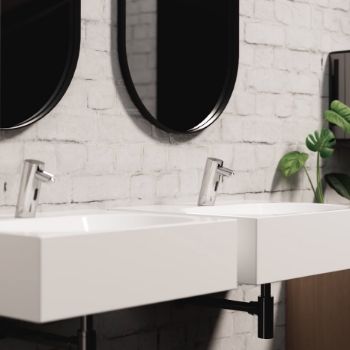


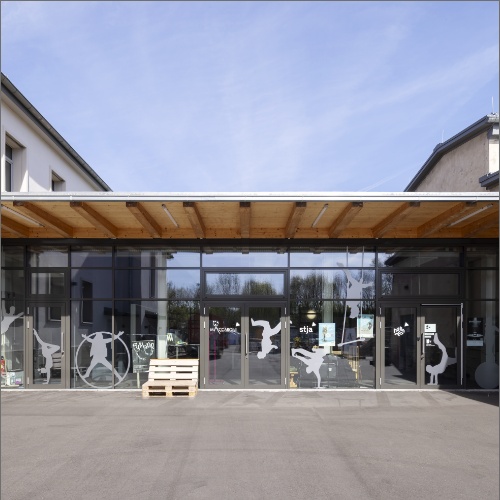

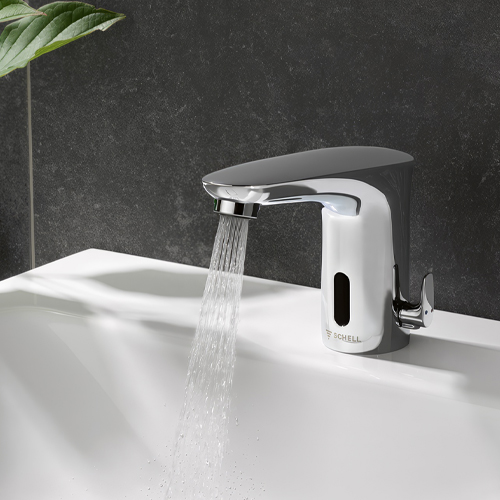
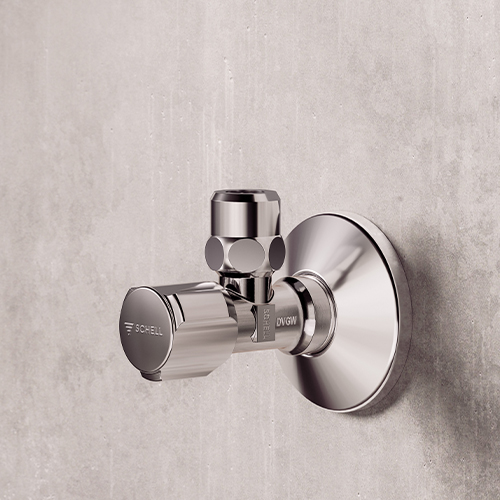
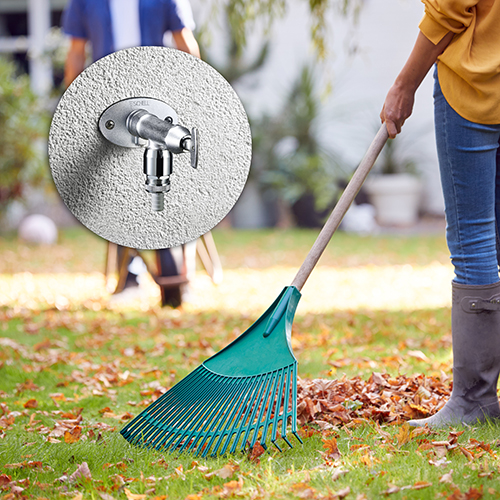
![[Translate to English:] [Translate to English:]](/fileadmin/user_upload/images/menu/menu_service_downloads_broschueren.jpg)
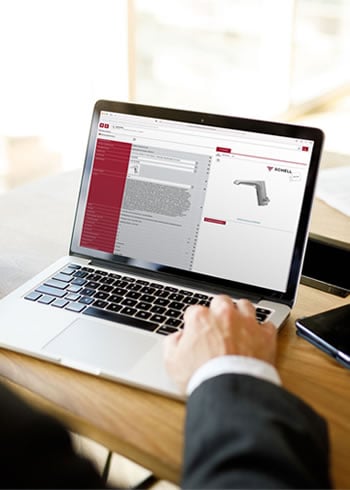



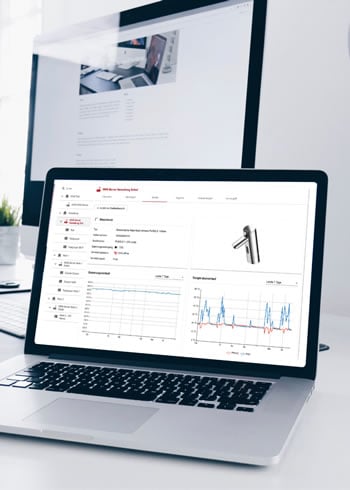

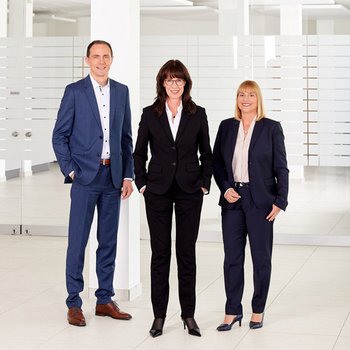
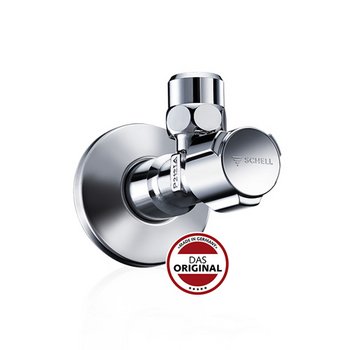
![[Translate to English:] [Translate to English:]](/fileadmin/_processed_/7/7/csm_menu_unternehmen_ueber-schell_awards_f6cec25b1d.jpg)
![[Translate to English:] [Translate to English:]](/fileadmin/_processed_/a/0/csm_menu_unternehmen_ueber-schell_wasser-sparen_41036d2dd9.jpg)





